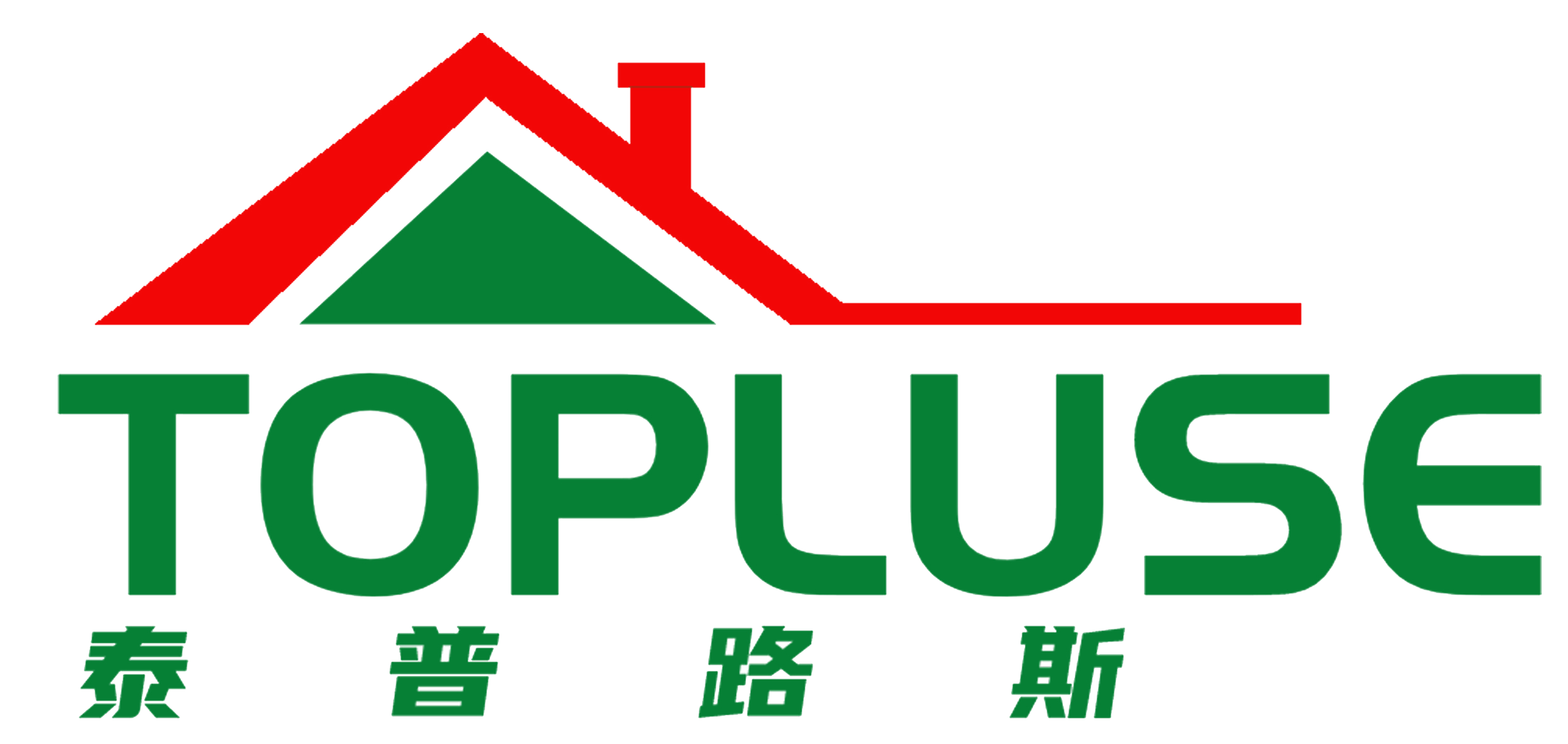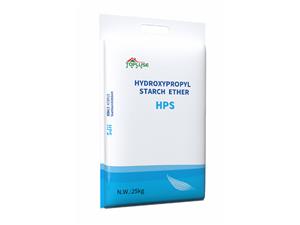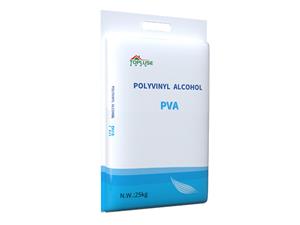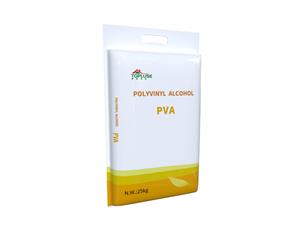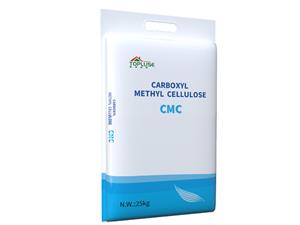Hydroxypropyl methyl cellulose (HPMC) is widely used, and the market demand is increasing.
Hydroxypropyl methyl cellulose (HPMC), also known as hydroxypropyl methyl cellulose and cellulose hydroxypropyl methyl ether, is a kind of nonionic cellulose mixed ether made from natural polymer materials by chemical processing. Hydroxypropyl methylcellulose is white or white-like fibrous or granular powder, which can be dissolved in water, but insoluble in ether, acetone and ethanol.

According to the "Research Report on Market Depth Investigation and Development Trend Prediction of China Hydroxypropyl Methyl Cellulose Industry from 2022 to 2027" issued by Xinsijie Industry Research Center, hydroxypropyl methyl cellulose is mainly used as a dispersant in the production of polyvinyl chloride (PVC). With excellent performance, PVC is called five general resins together with polypropylene (PP), polyethylene (PE), polystyrene (PS) and acrylonitrile butadiene styrene (ABS). According to the statistics of China Chlor-Alkali Industry Association, in 2021, the output of PVC in China reached 21.3 million tons, and the capacity utilization rate reached 78.5%. The output of PVC shows a steady growth trend, which drives the demand for hydroxypropyl methylcellulose in China to increase continuously.
Preparation method of hydroxypropyl methylcellulose include liquid phase method and gas phase method. Gas-phase method uses wood pulp or cotton pulp as raw material to make hydroxypropyl methylcellulose through etherification and alkalization, which is widely used in developed countries such as Europe and America. Liquid phase method is the main production method of hydroxypropyl methylcellulose in China, which has the advantages of high safety, low requirements for equipment and easy control of product quality, but the production cost is high and it is not suitable for large-scale production. At present, some enterprises in China have made breakthroughs on the basis of liquid phase method, and have developed one-step preparation methods of hydroxypropyl methylcellulose with low production cost and accurate and reliable operation control parameters.
Hydroxypropyl methylcellulose has the characteristics of surface activity, cohesiveness, salt resistance, water retention and PH- stability, and is widely used in medicine, building materials, food processing, petrochemical industry, cosmetics and other fields. In the field of medicine, hydroxypropyl methylcellulose can be used to produce eye drops, which can induce tear secretion and relieve eye fatigue and dryness. In the field of building materials, hydroxypropyl methylcellulose can be used to produce cement mortar, gypsum board and water-resistant putty powder.
In the global market, the main enterprises of hydroxypropyl methylcellulose include Shinetsu in Japan, Hercules in the United States and Dow Chemical in the United States. In the local market, Shandong Everbright, Shandong Heda and Henan Tiansheng are large-scale hydroxypropyl methylcellulose producers in China.
Industry analysts in Xinsijie said that in recent years, China's leading enterprises have continuously promoted technological innovation, and the output of hydroxypropyl methylcellulose is expected to increase further. As a high molecular polymer, hydroxypropyl methylcellulose is widely used. Driven by the rapid economic development, the market demand for hydroxypropyl methylcellulose in China is increasingly strong, and the industry will gain broad development space in the future.
